

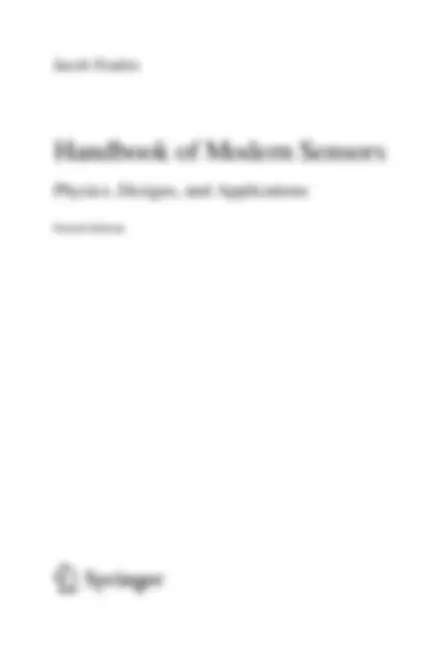
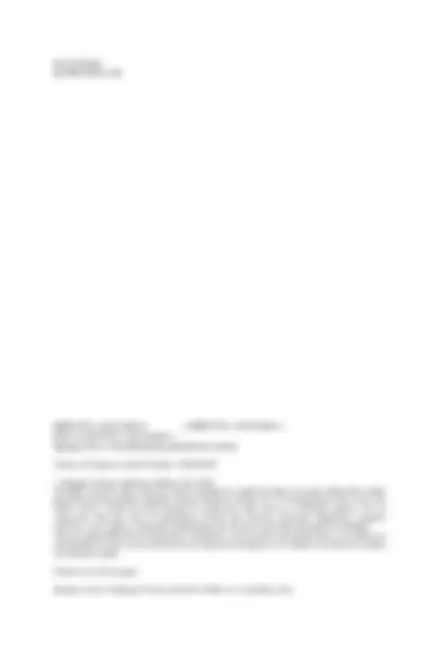
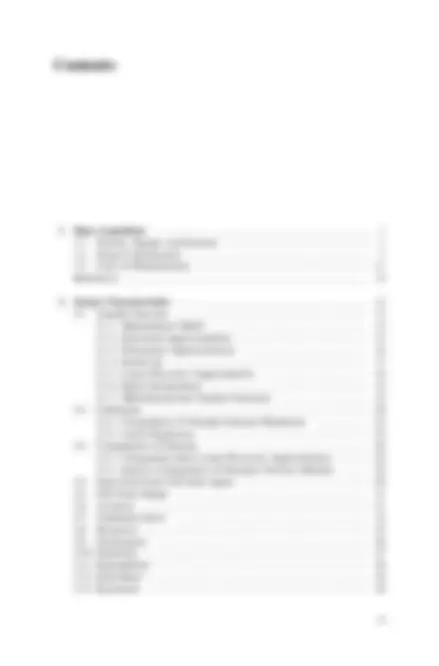
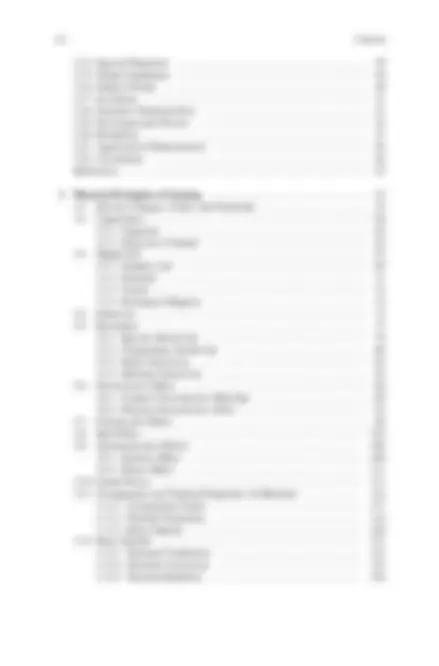
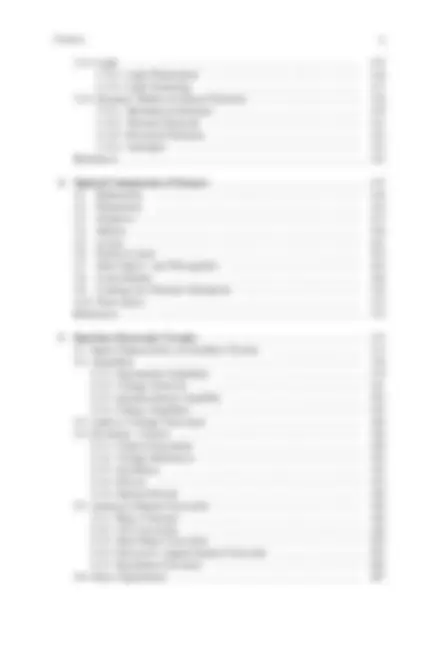
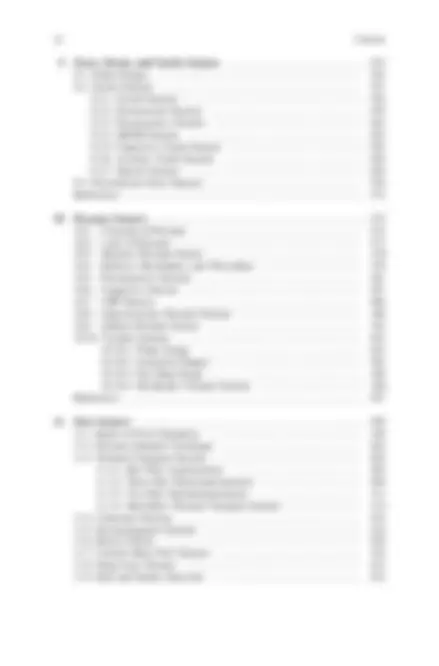
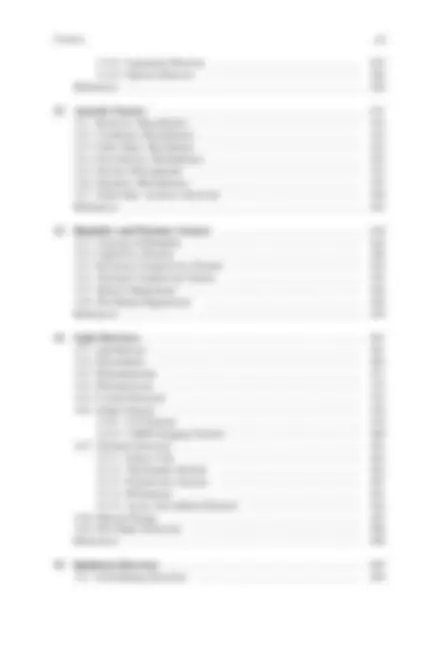
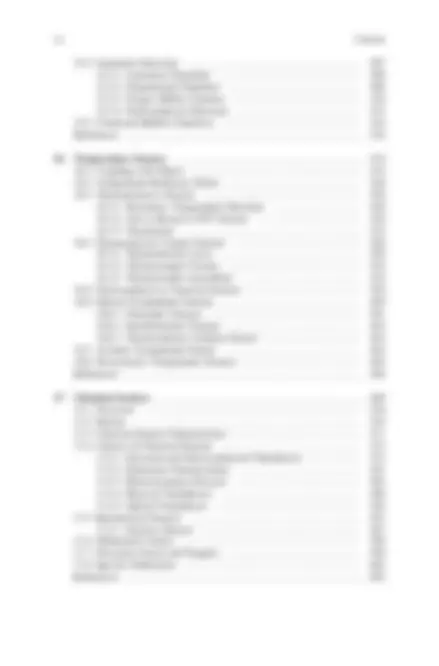
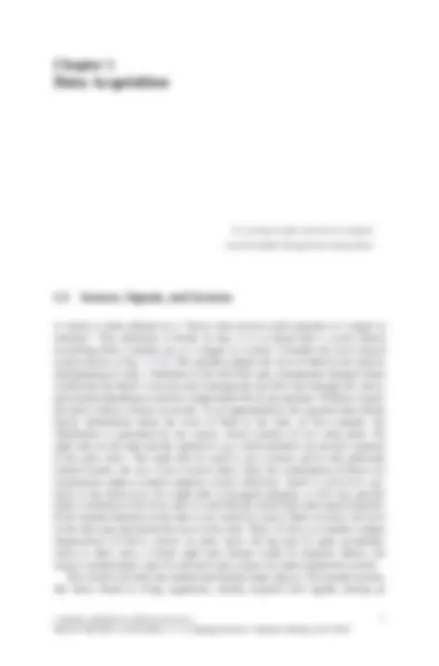
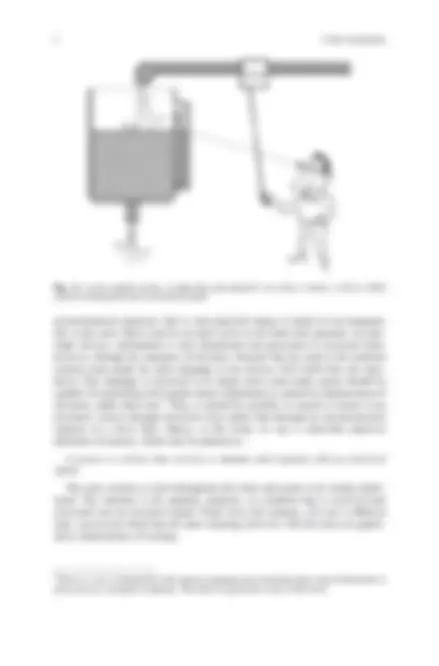
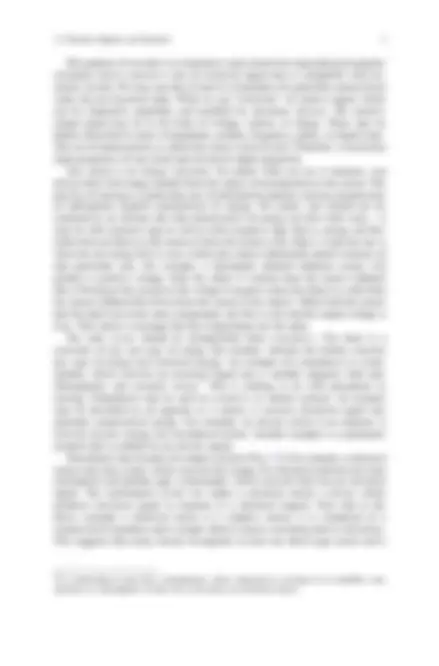
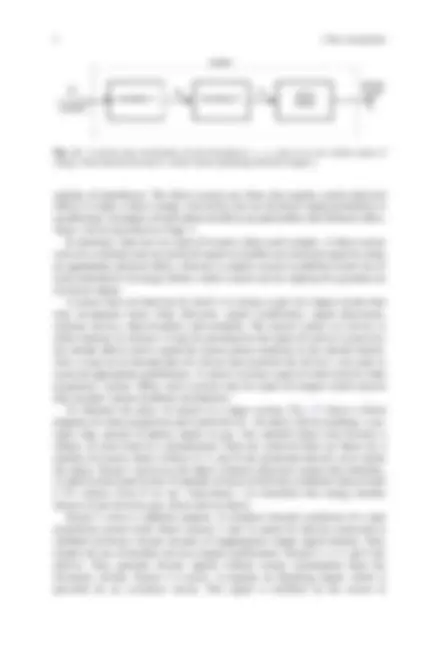
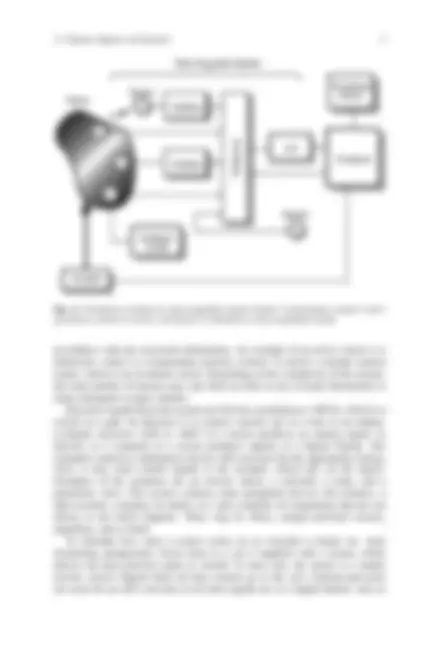
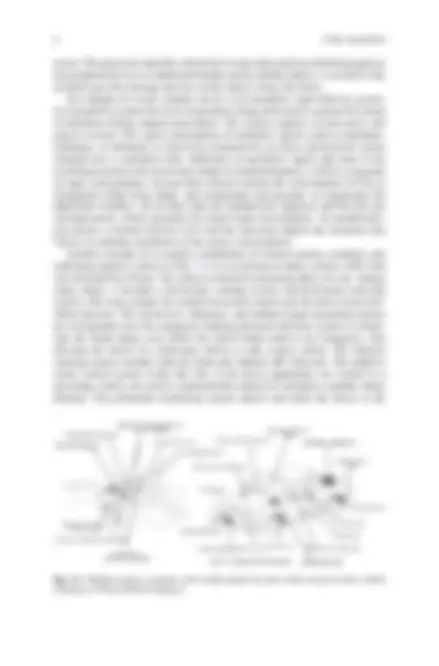
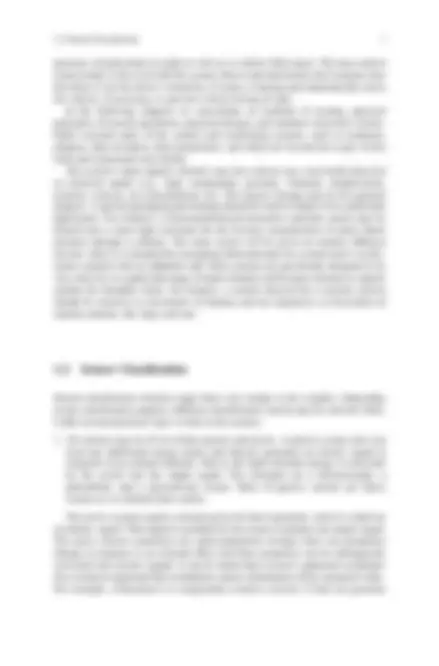
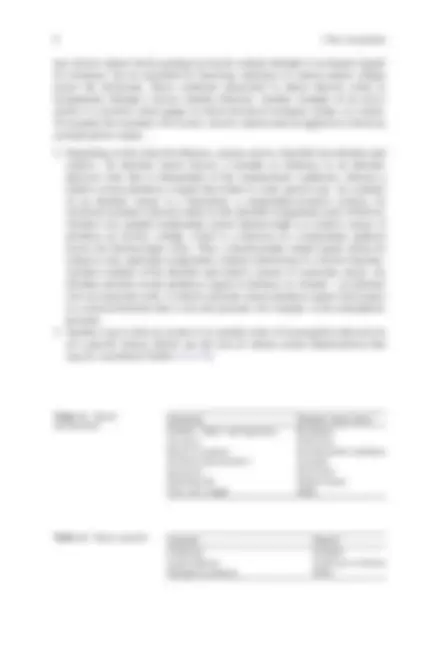

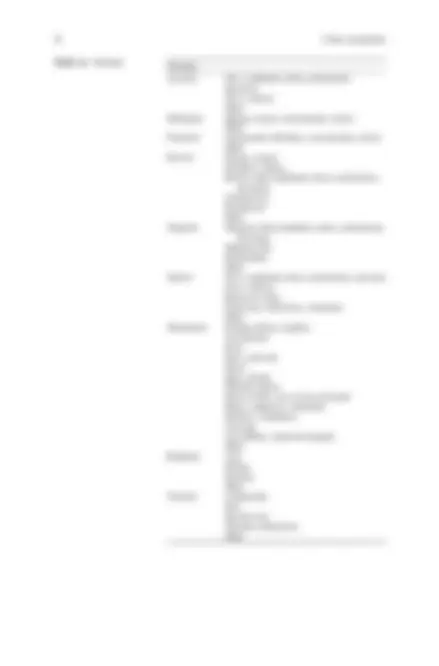
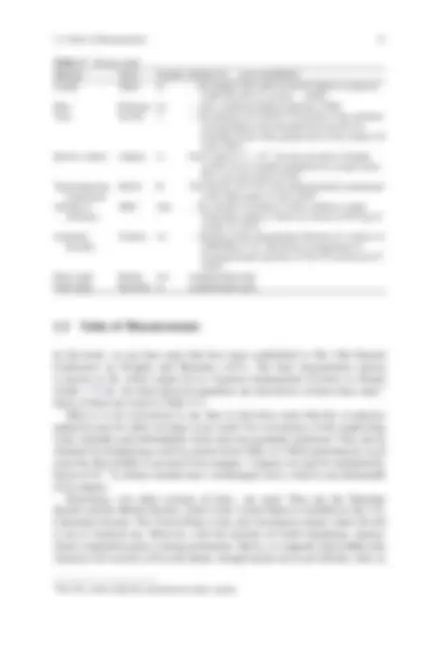
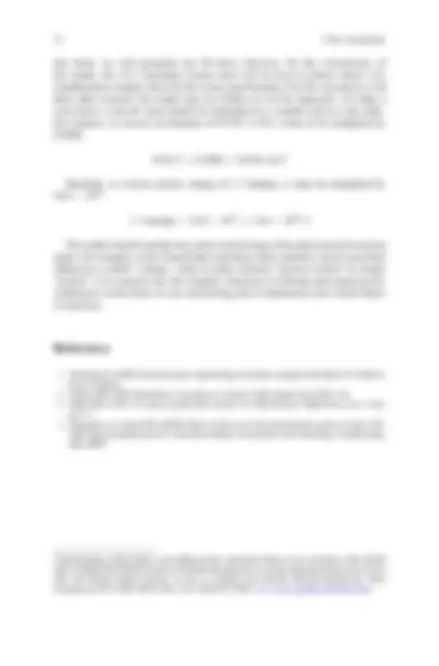
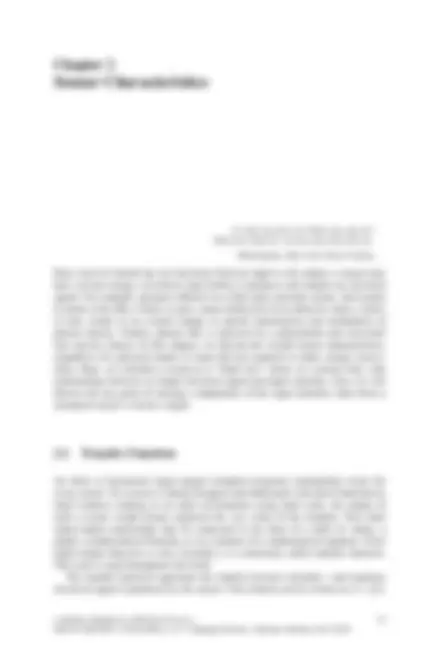
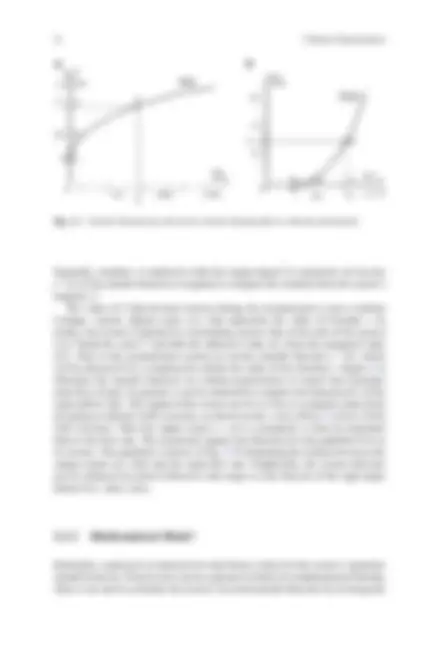

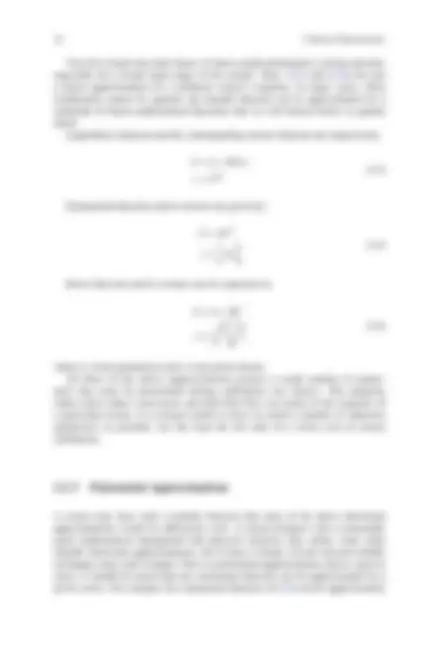
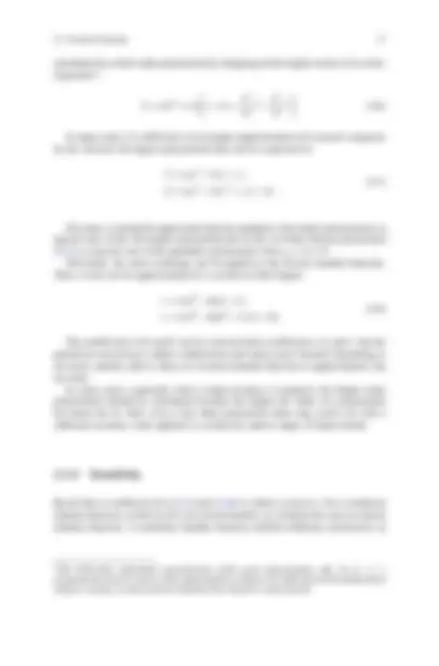
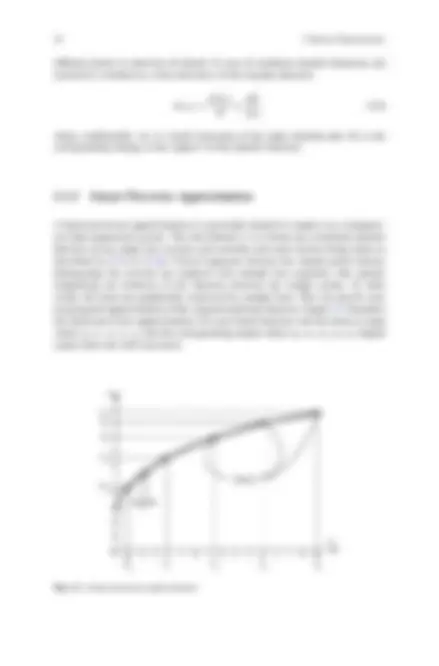
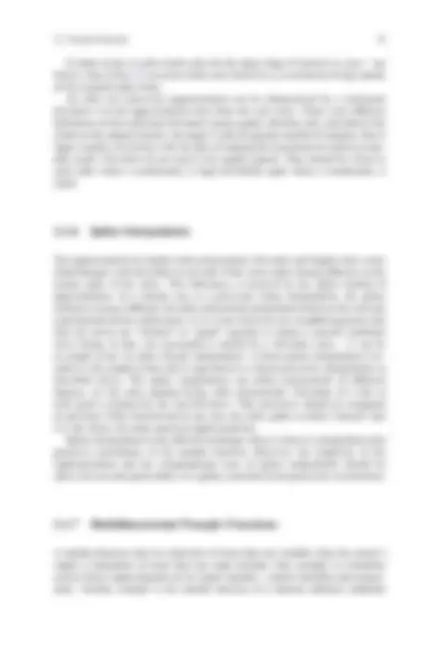
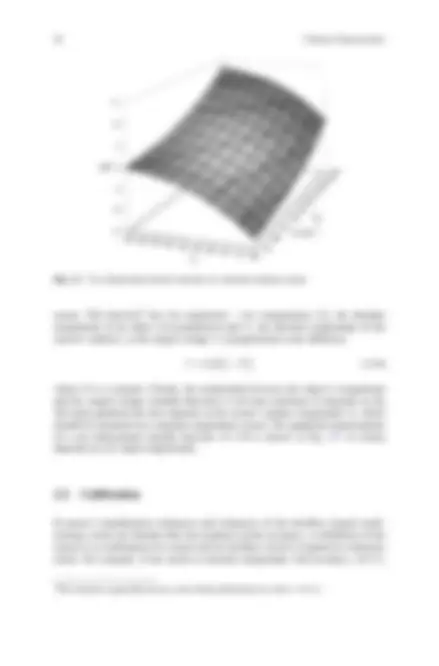
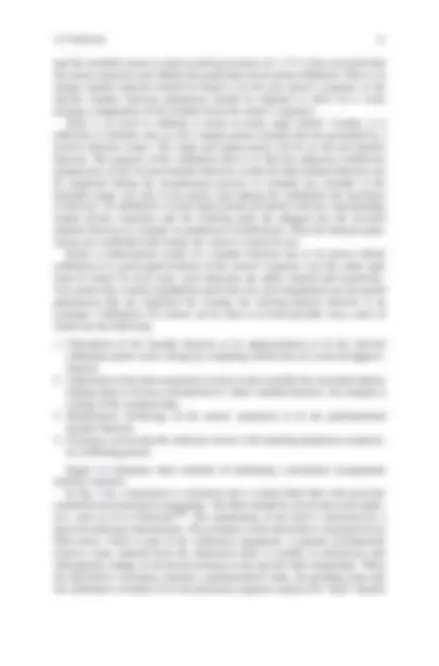
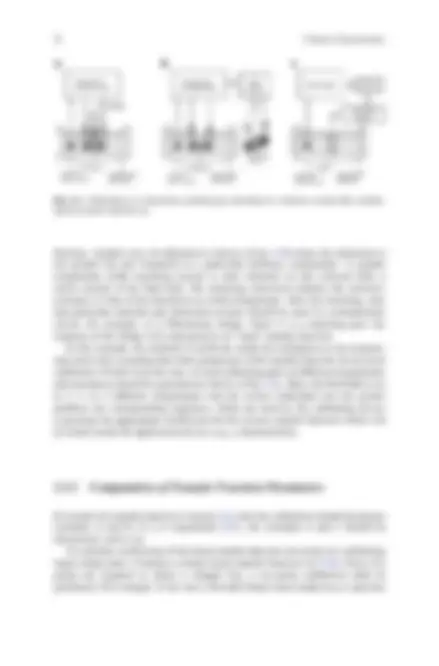
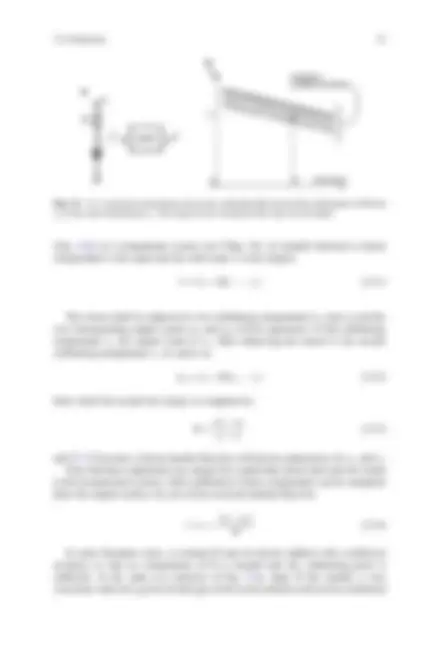
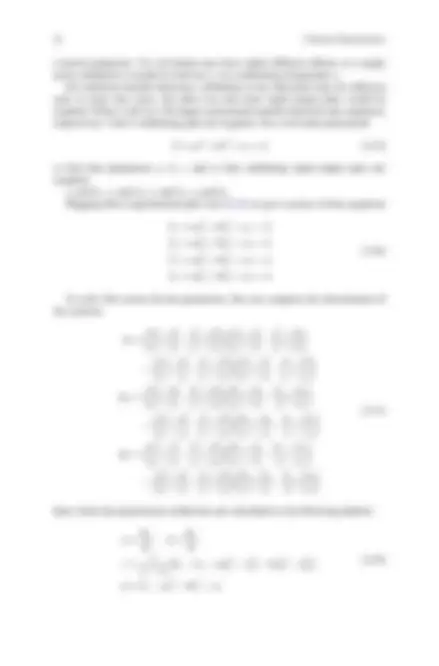
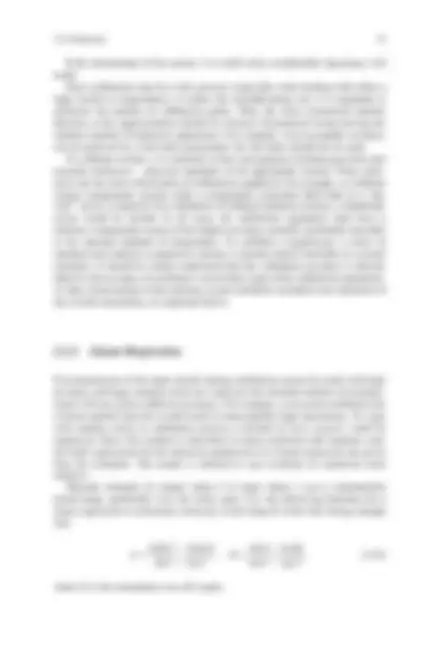
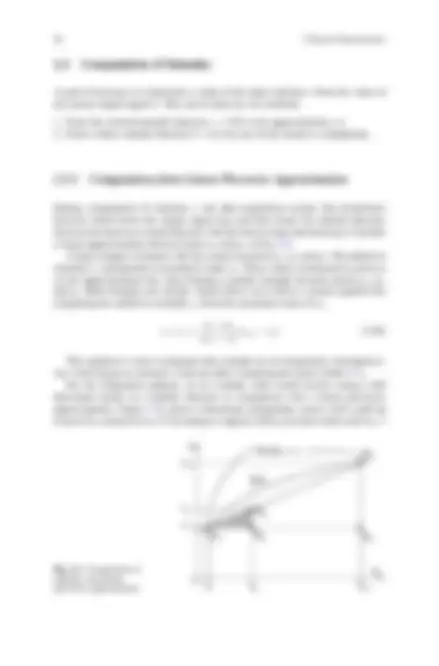
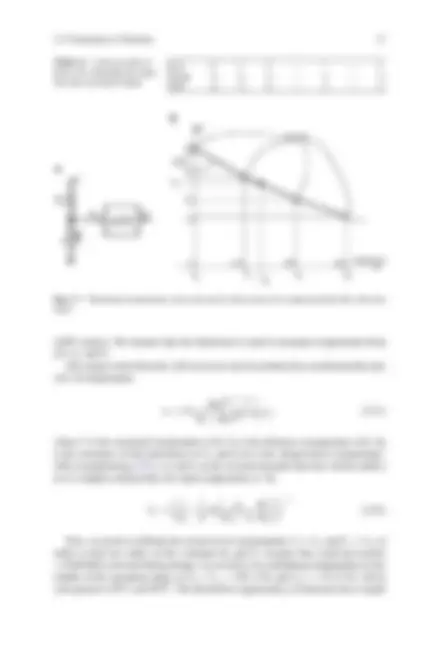
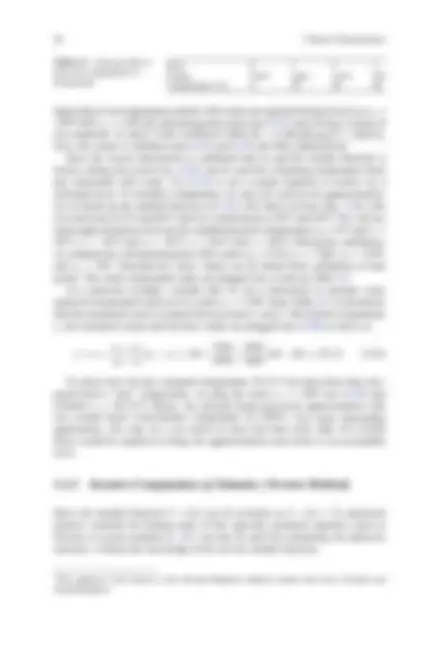
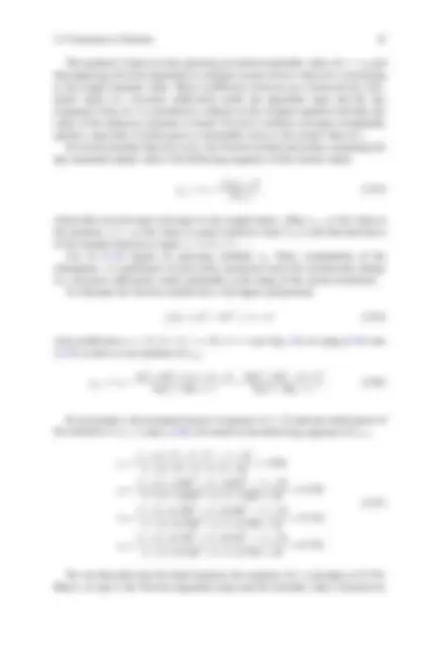
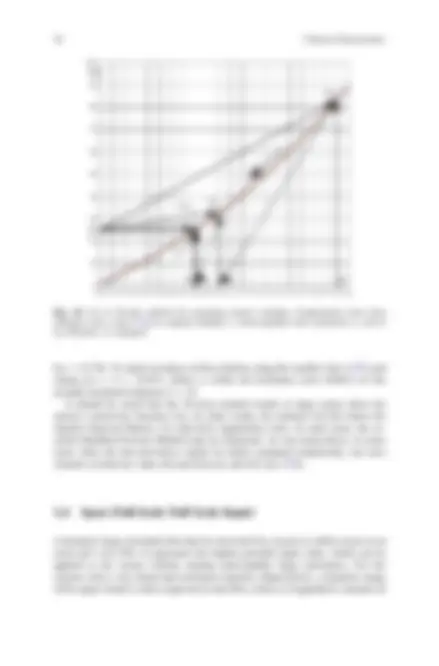
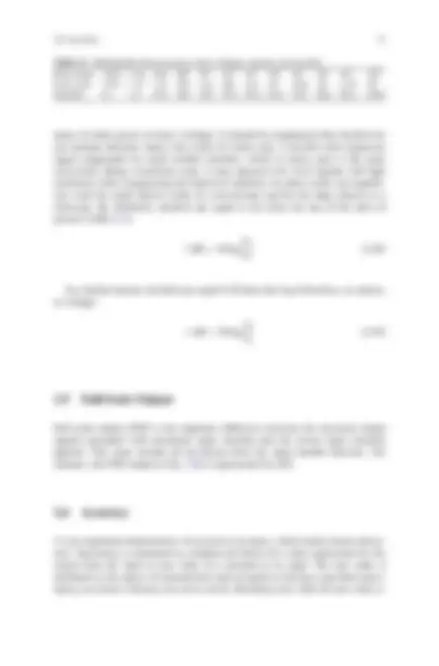
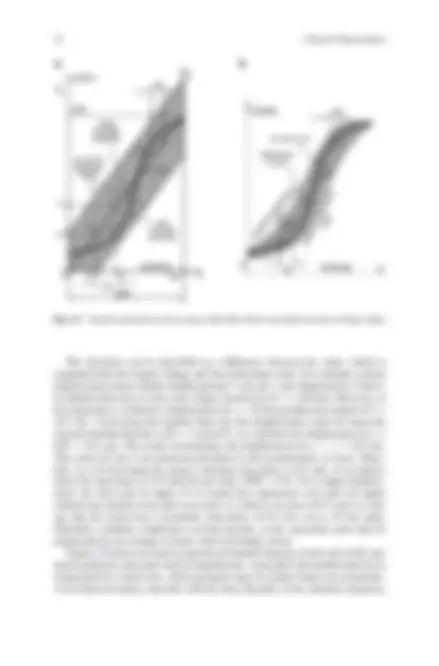
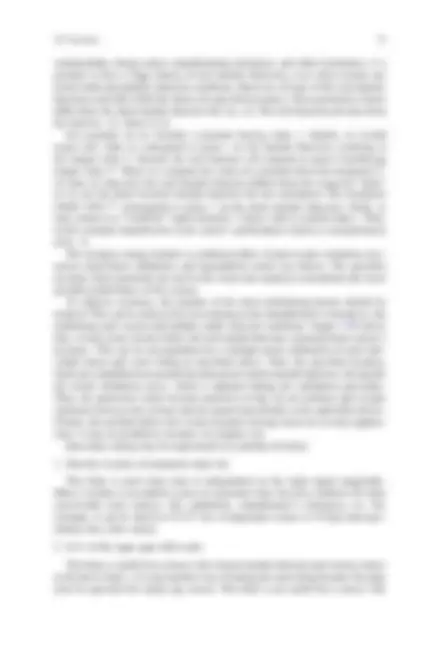
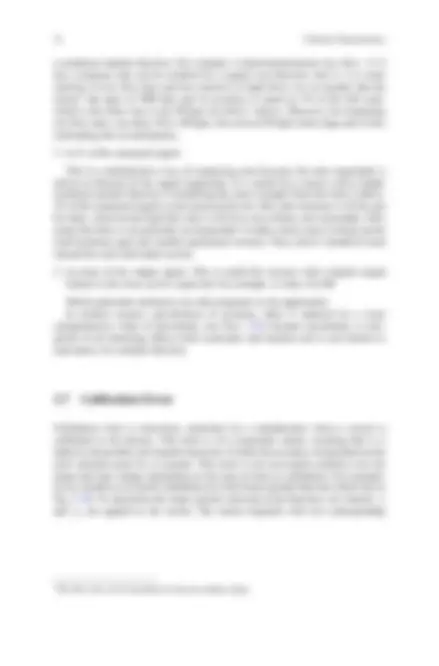
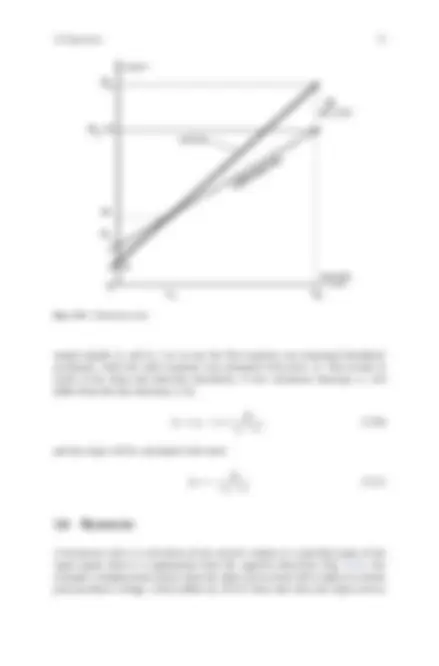
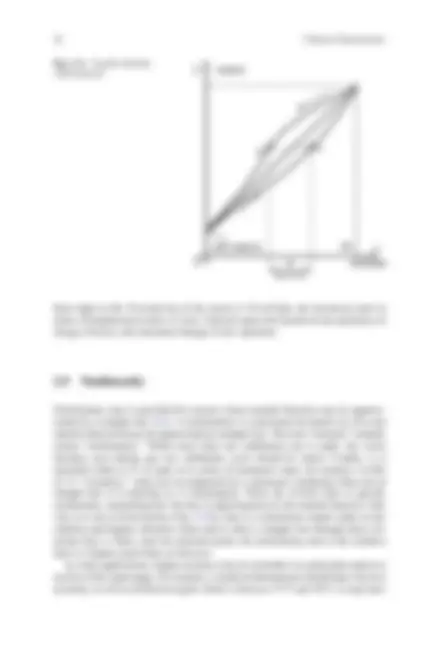
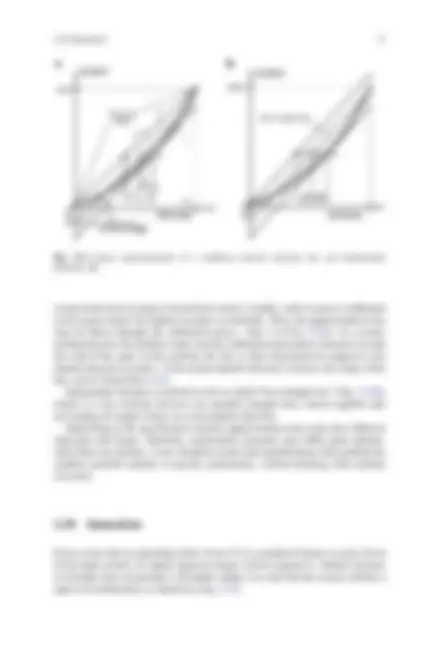
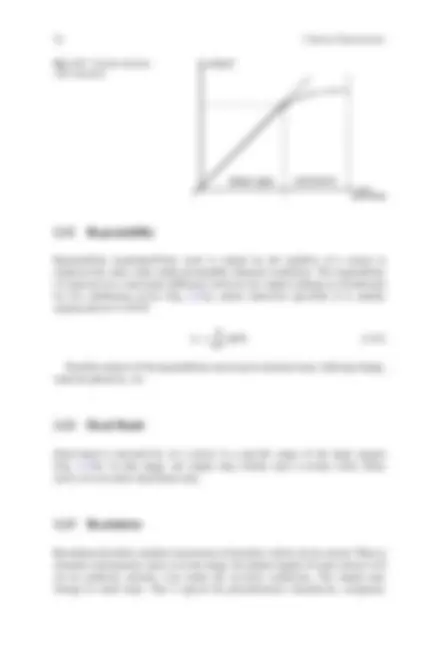
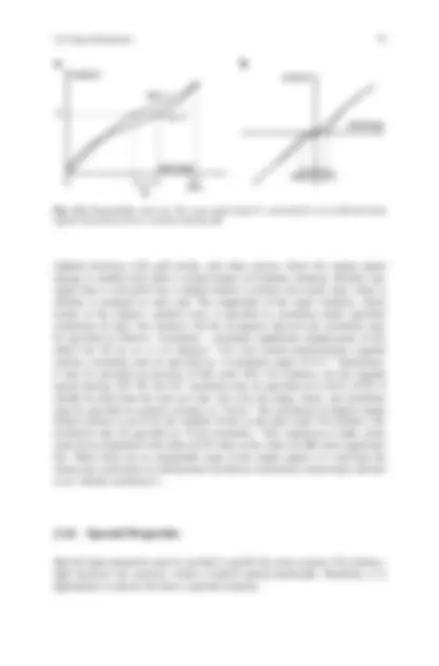
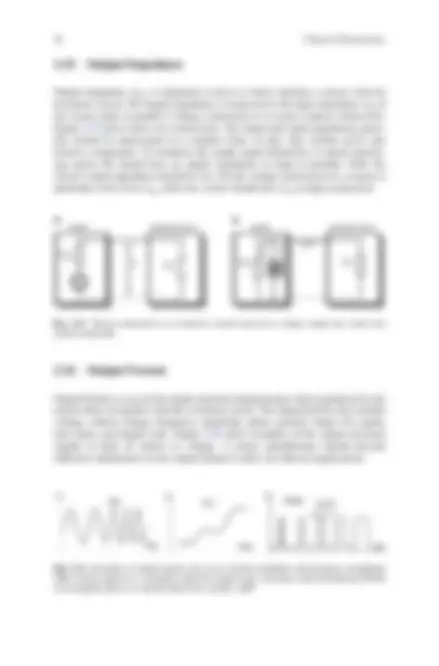
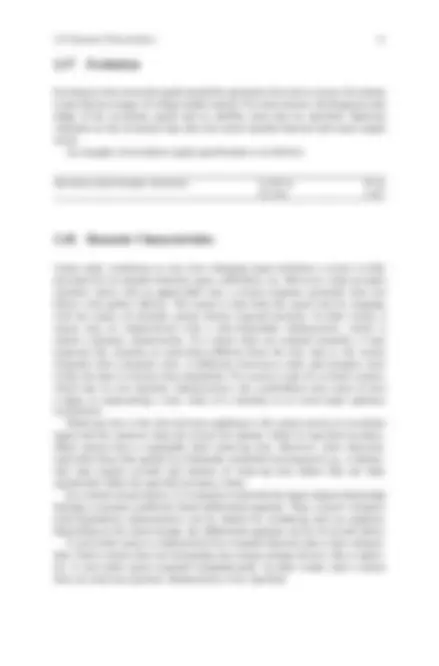
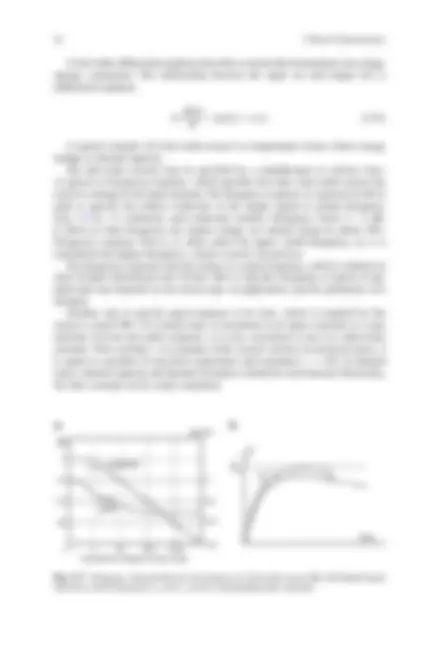
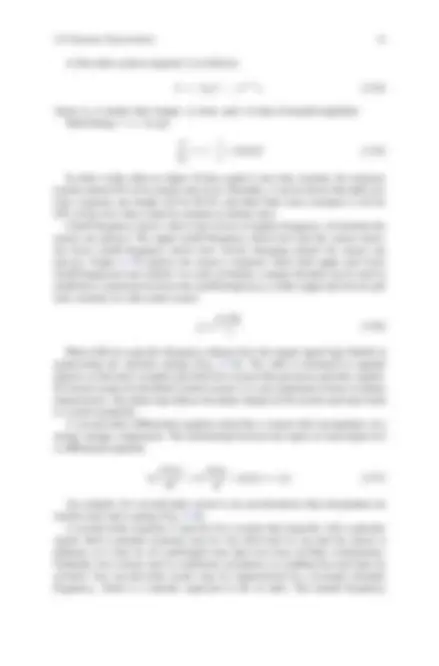
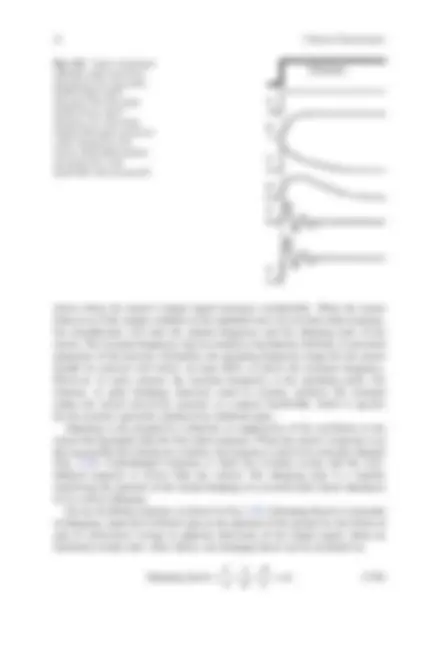
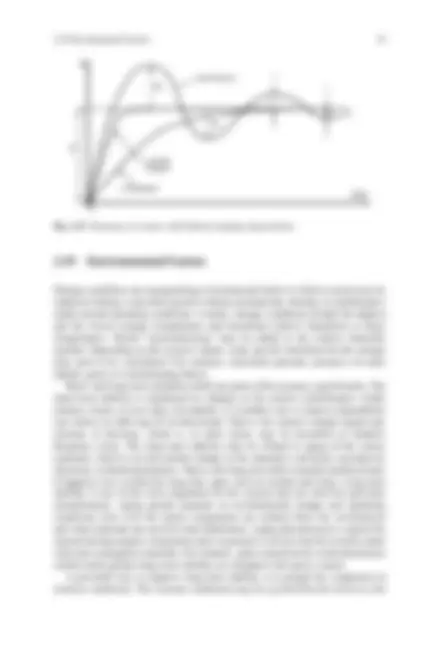
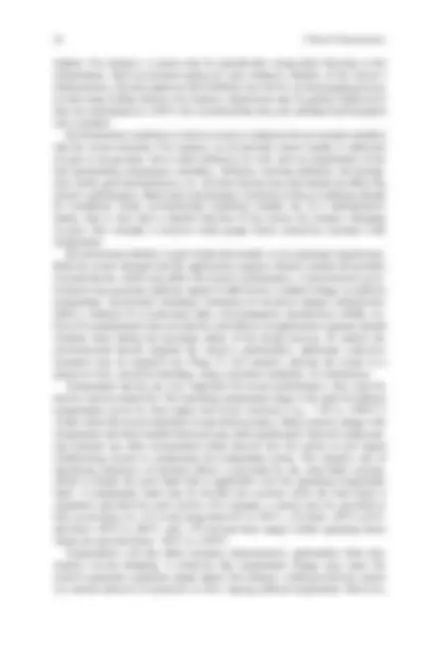
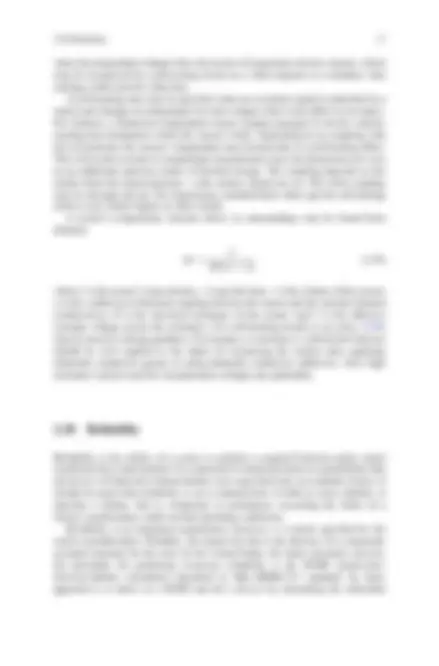
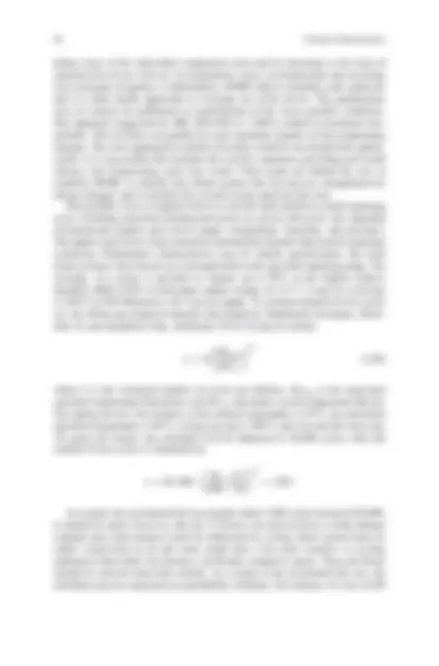
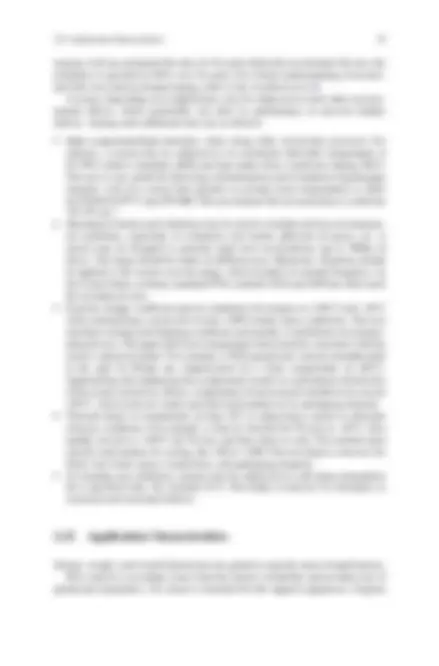
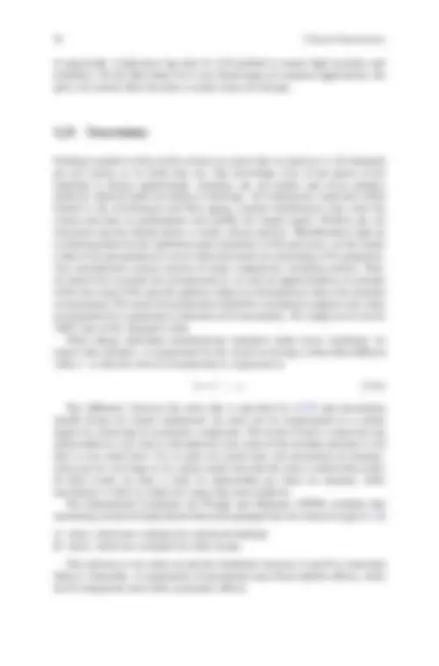
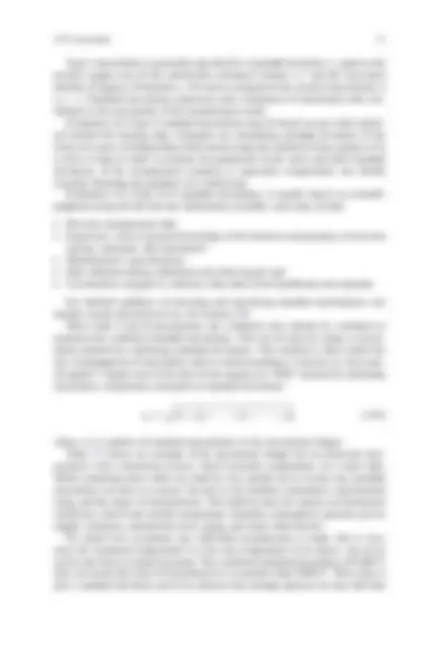
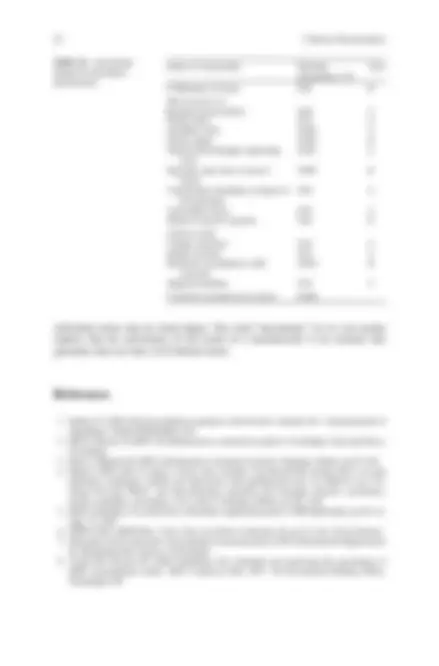
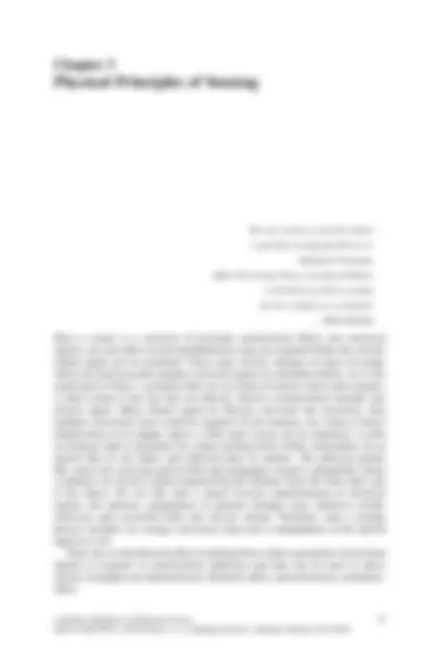
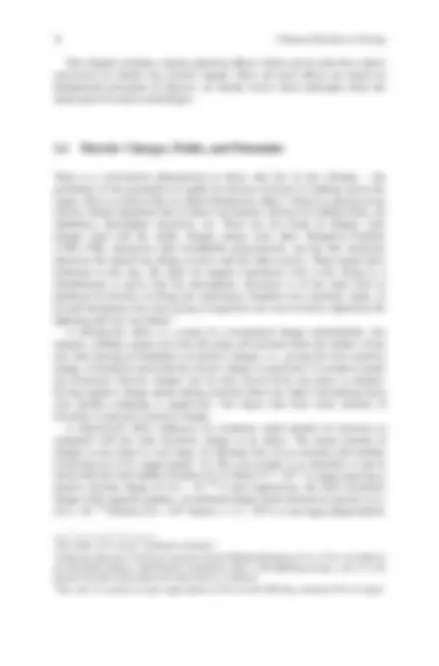
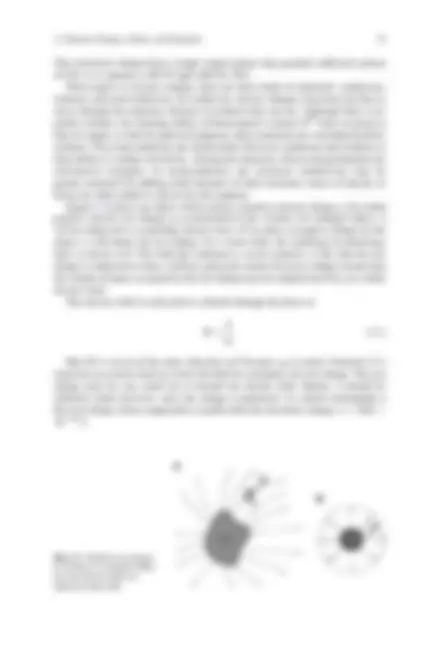
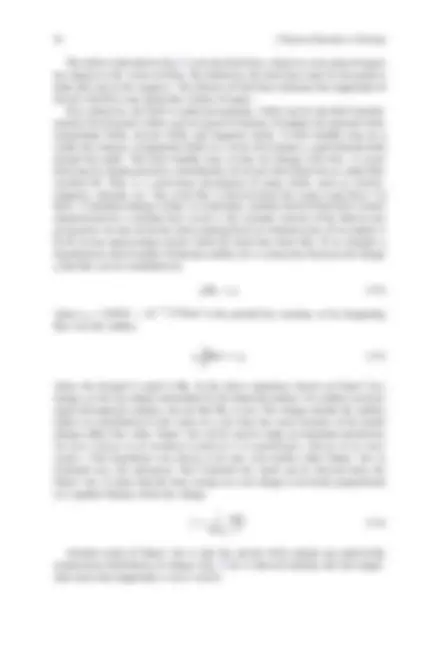
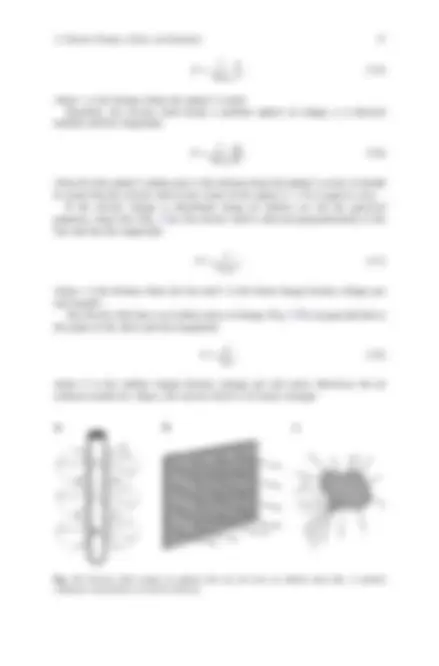
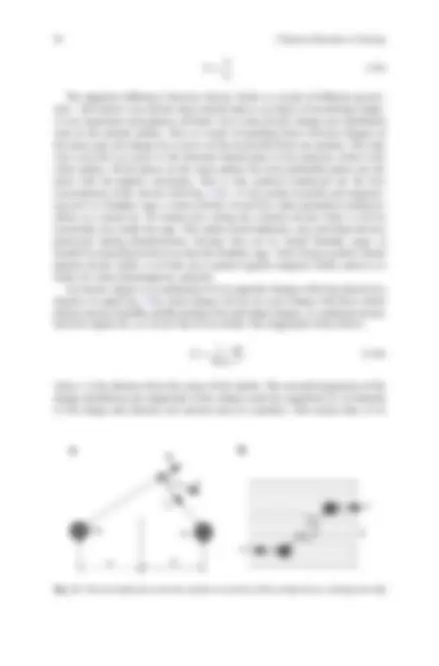
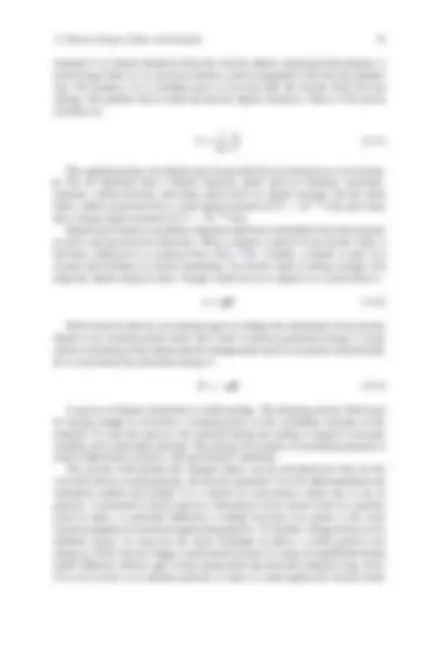
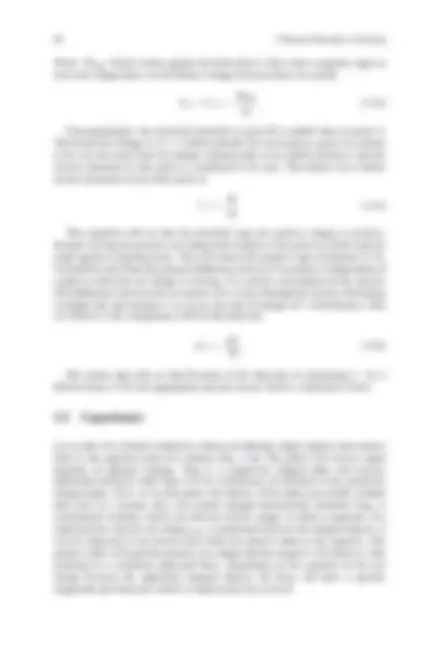
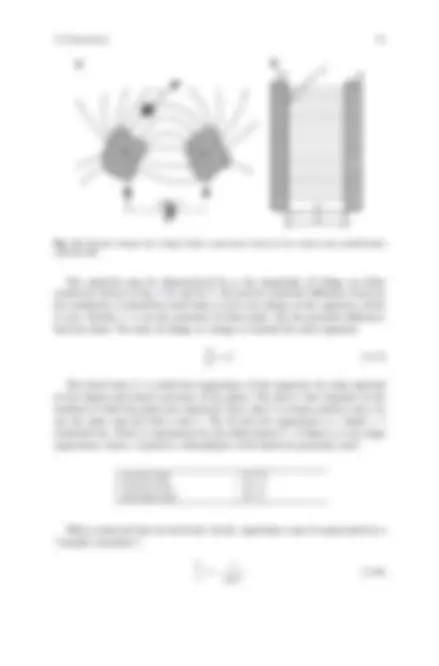
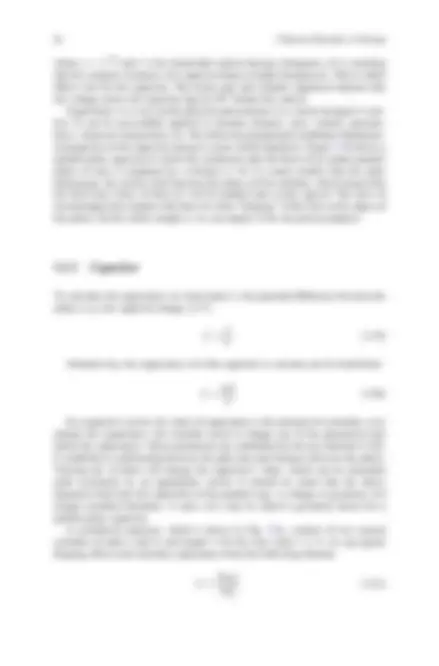
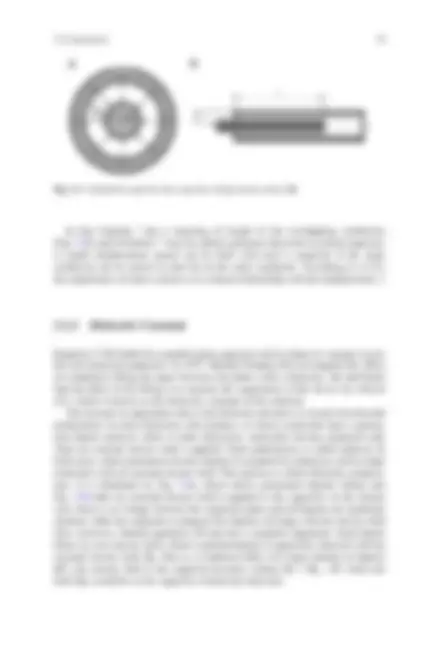
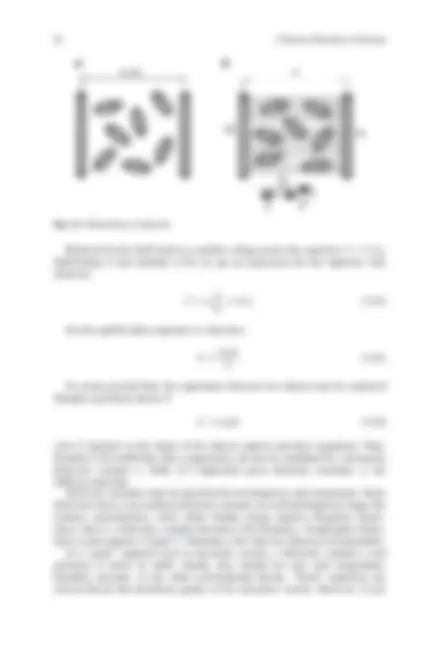
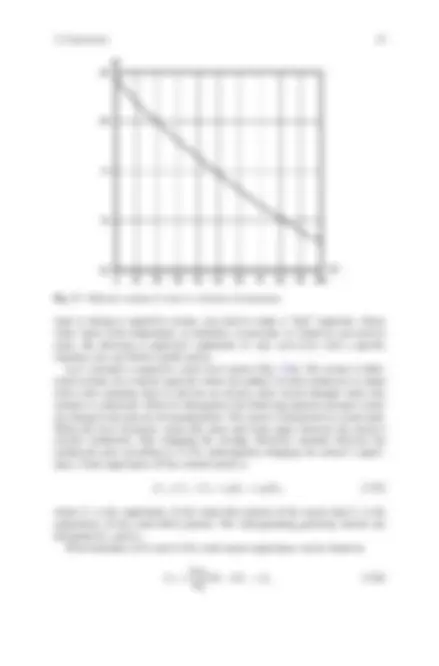
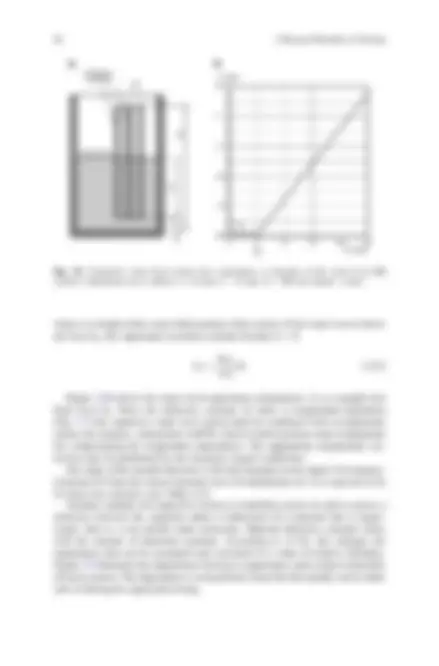
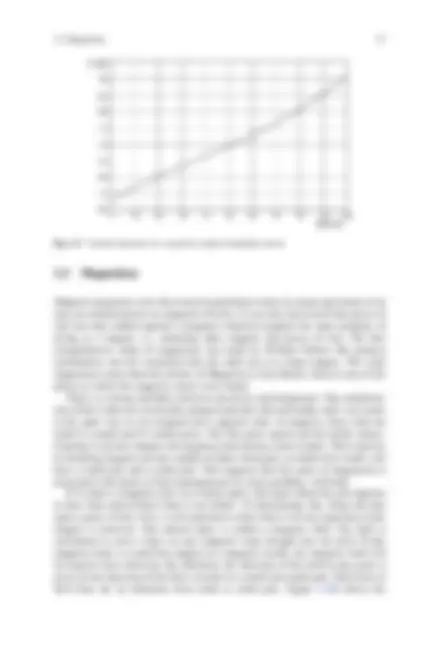
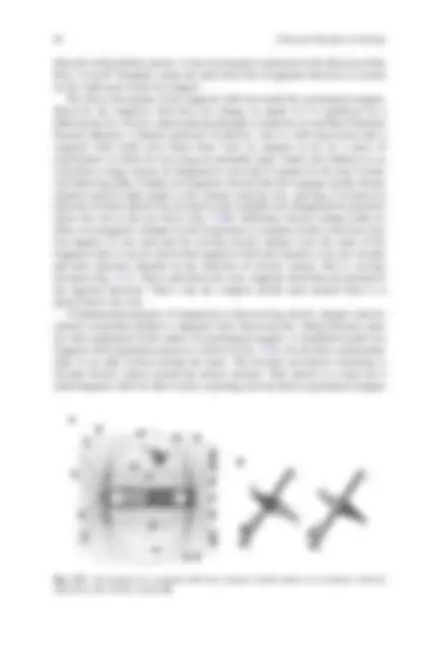
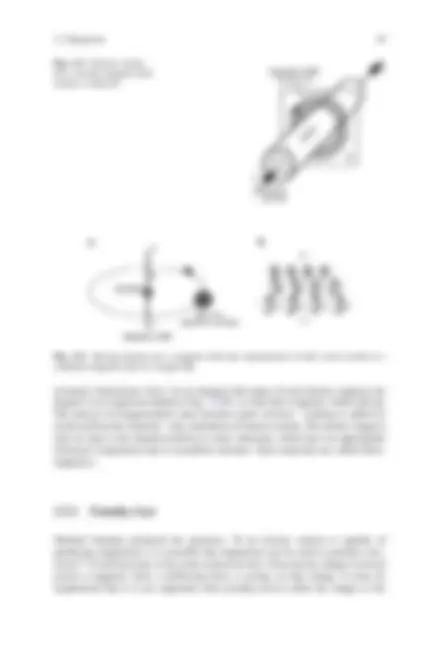

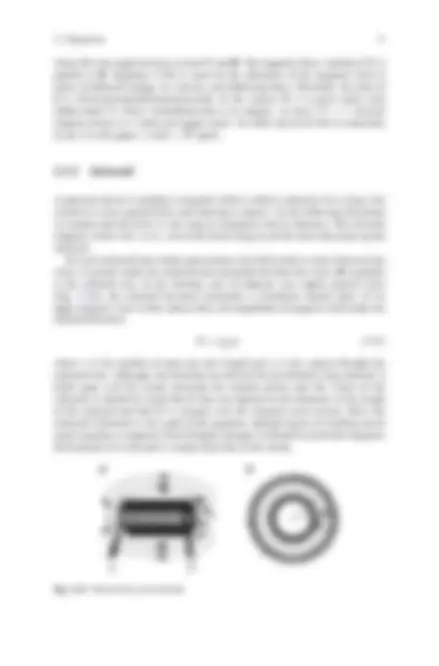
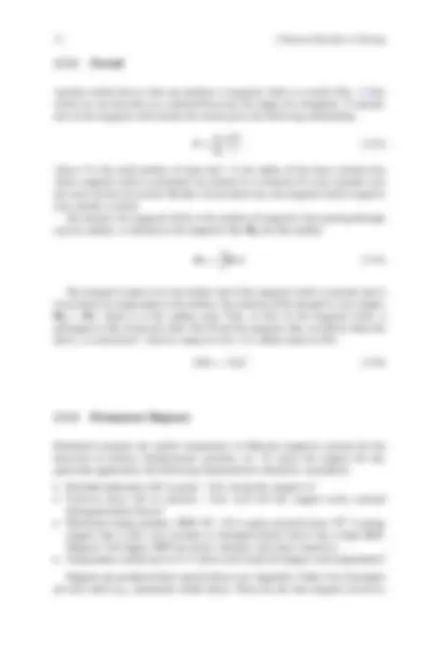
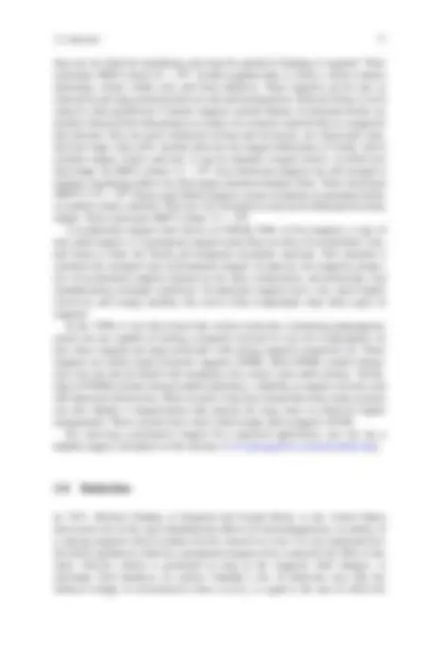
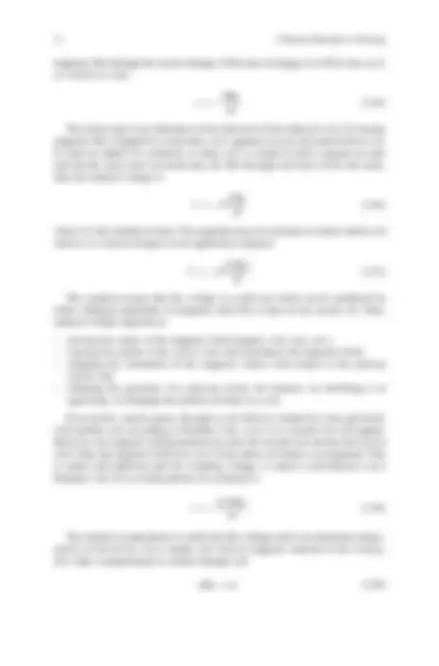
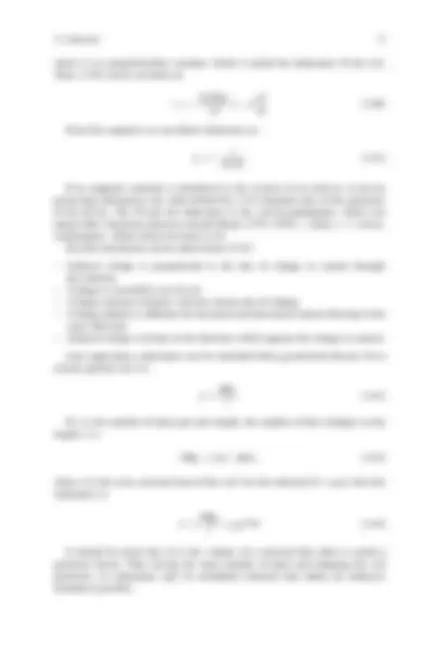
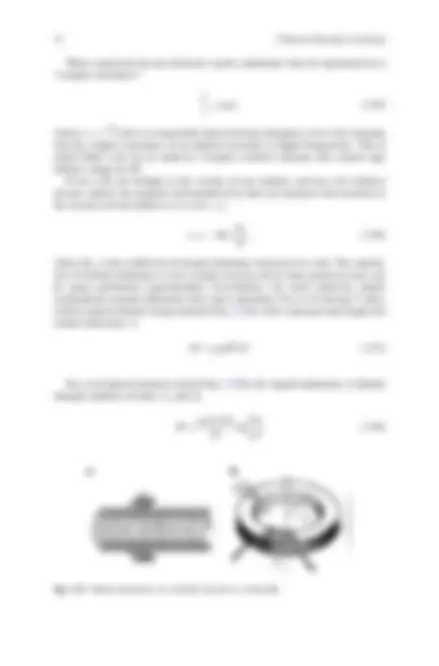
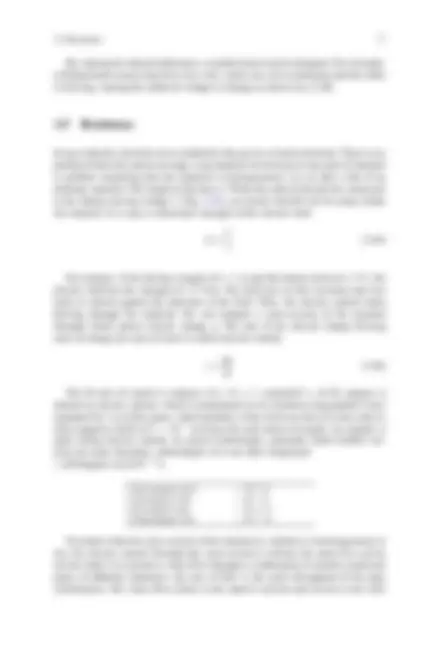
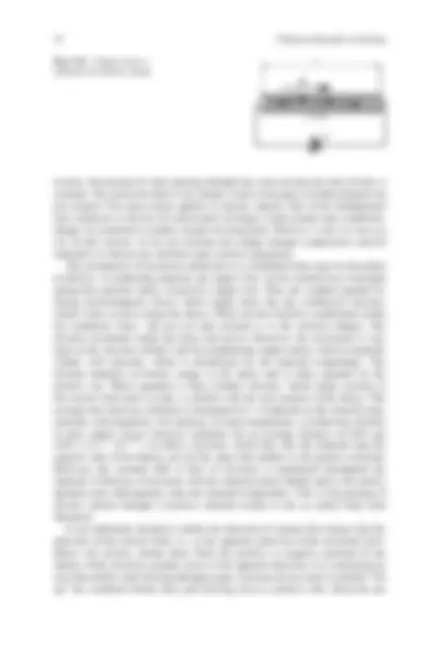
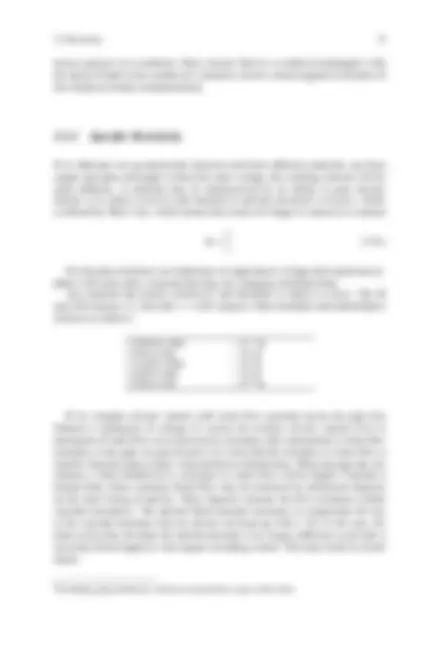
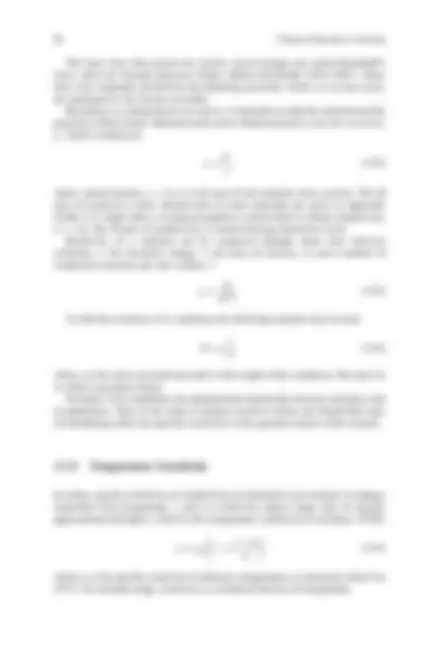
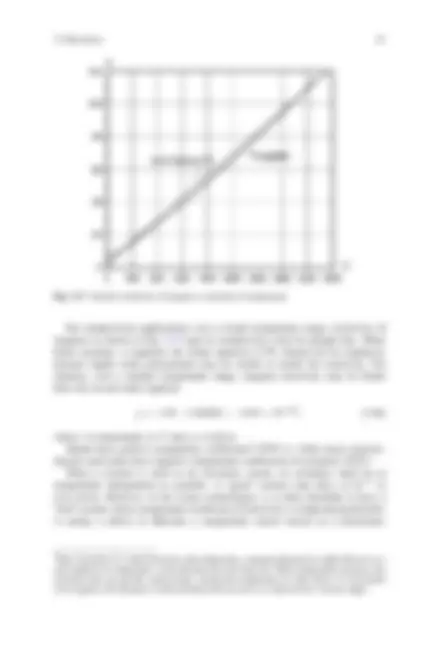
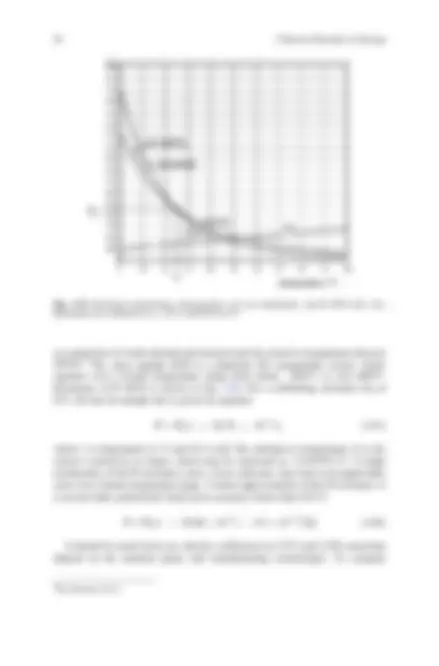
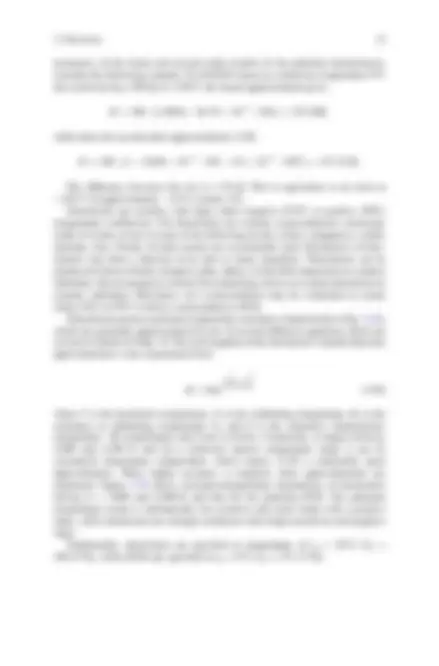


Estude fácil! Tem muito documento disponível na Docsity

Ganhe pontos ajudando outros esrudantes ou compre um plano Premium


Prepare-se para as provas
Estude fácil! Tem muito documento disponível na Docsity
Prepare-se para as provas com trabalhos de outros alunos como você, aqui na Docsity
Os melhores documentos à venda: Trabalhos de alunos formados
Prepare-se com as videoaulas e exercícios resolvidos criados a partir da grade da sua Universidade
Responda perguntas de provas passadas e avalie sua preparação.

Ganhe pontos para baixar
Ganhe pontos ajudando outros esrudantes ou compre um plano Premium
Comunidade
Peça ajuda à comunidade e tire suas dúvidas relacionadas ao estudo
Descubra as melhores universidades em seu país de acordo com os usuários da Docsity
Guias grátis
Baixe gratuitamente nossos guias de estudo, métodos para diminuir a ansiedade, dicas de TCC preparadas pelos professores da Docsity
Fraden - Handbook-of-Modern-Sensors
Tipologia: Notas de estudo
1 / 680

Esta página não é visível na pré-visualização
Não perca as partes importantes!





























































































Jacob Fraden jacob@fraden.com
ISBN 978-1-4419-6465-6 e-ISBN 978-1-4419-6466- DOI 10.1007/978-1-4419-6466- Springer New York Heidelberg Dordrecht London
Library of Congress Control Number: 2010932807
All rights reserved. This work may not be translated or copied in whole or in part without the written permission of the publisher (Springer Science+Business Media, LLC, 233 Spring Street, New York, NY 10013, USA), except for brief excerpts in connection with reviews or scholarly analysis. Use in connection with any form of information storage and retrieval, electronic adaptation, computer software, or by similar or dissimilar methodology now known or hereafter developed is forbidden. The use in this publication of trade names, trademarks, service marks, and similar terms, even if they are not identified as such, is not to be taken as an expression of opinion as to whether or not they are subject to proprietary rights.
Printed on acid-free paper
Springer is part of Springer Science+Business Media (www.springer.com)
catalogues and websites. However, the information is scattered over many publica- tions, and almost every question I was pondering required substantial research work. Little by little, I have been gathering practical information on everything, which in anyway was related to various sensors and their applications to scientific and engineering measurements. Soon, I realized that the information I collected might be quite useful to more than one person. This idea prompted me to write this book and this 4th edition is the proof that I was not mistaken. In setting my criteria for selecting various sensors for the new edition, I attempted to keep the scope of this book as broad as possible, opting for many different designs described briefly (without being trivial, I hope), rather than fewer treated in greater depth. This volume attempts (immodestly perhaps) to cover a very broad range of sensors and detectors. Many of them are well known, but describing them is still useful for students and those who look for a convenient reference. It is the author’s intention to present a comprehensive and up-to-date account of the theory (physical principles), design, and practical implementations of various (especially, the newest) sensors for scientific, industrial, and consumer applications. The topics included in the book reflect the author’s own preferences and interpreta- tions. Some may find a description of a particular sensor either too detailed or too broad or, on the contrary, too brief. In most cases, the author tried to strike a balance between a detailed description and simplicity of coverage. It is clear that one book cannot embrace the whole variety of sensors and their applications, even if it would be called something like “The Encyclopedia of Sensors.” This is a different book and the author’s task was much less ambitious. Here, an attempt has been made to generate a reference text, which could be used by students, researchers interested in modern instrumentation (applied physicists and engineers), sensor designers, application engineers and technicians whose job is to understand, select and/or design sensors for practical systems. The prior editions of this book have been used quite extensively as desktop references and textbooks for the related college courses. Comments and suggestions from the sensor designers, professors, and students prompted me to implement several changes and correct errors. I am deeply grateful to those who helped me to make further improvements in this new edition. I owe a debt of gratitude and many thanks to Drs. Ephraim Suhir and David Pintsov for assisting me in mathematical treatment of transfer functions and to Drs. Todd E. Mlsna and Sanjay V. Patel for their invaluable contribution to the chapter on chemical sensors. Even though the book is intended for the scientific and engineering communities, as a rule, technical descriptions and mathematic treatments do not require a background beyond a high school curriculum. Simplicity of description and intui- tive approach were the key requirements that I set for myself while working on the manuscript. My true goal was not to pile up a collection of information but rather to entice the reader into a creative process. As Plutarch said nearly two millennia ago, “The mind is not a vessel to be filled but a fire to be kindled.. .”
San Diego, California Jacob Fraden April, 2010
vi Preface
electrochemical character, that is, their physical nature is based on ion transport, like in the nerve fibers (such as an optic nerve in the fluid tank operator). In man- made devices, information is also transmitted and processed in electrical form, however, through the transport of electrons. Sensors that are used in the artificial systems must speak the same language as the devices with which they are inter- faced. This language is electrical in its nature and a man-made sensor should be capable of responding with signals where information is carried by displacement of electrons, rather than ions. 1 Thus, it should be possible to connect a sensor to an electronic system through electrical wires rather than through an electrochemical solution or a nerve fiber. Hence, in this book, we use a somewhat narrower definition of sensors, which may be phrased as
A sensor is a device that receives a stimulus and responds with an electrical signal.
The term stimulus is used throughout this book and needs to be clearly under- stood. The stimulus is the quantity, property, or condition that is received and converted into an electrical signal. Some texts (for instance, [2]) use a different term, measurand which has the same meaning, however with the stress on quanti- tative characteristic of sensing.
Fig. 1.1 Level control system. A sight tube and operator’s eye form a sensor, a device which converts information into an electrical signal
(^1) There is a very exciting field of the optical computing and communications where information is
processed by a transport of photons. That field is beyond the scope of this book.
2 1 Data Acquisition
The purpose of a sensor is to respond to some kind of an input physical property (stimulus) and to convert it into an electrical signal that is compatible with ele- ctronic circuits. We may say that a sensor is a translator of a generally nonelectrical value into an electrical value. When we say “electrical,” we mean a signal, which can be channeled, amplified, and modified by electronic devices. The sensor’s output signal may be in the form of voltage, current, or charge. These may be further described in terms of amplitude, polarity, frequency, phase, or digital code. This set of characteristics is called the output signal format. Therefore, a sensor has input properties (of any kind) and electrical output properties. Any sensor is an energy converter. No matter what you try to measure, you always deal with energy transfer from the object of measurement to the sensor. The process of sensing is a particular case of information transfer, and any transmission of information requires transmission of energy. Of course, one should not be confused by an obvious fact that transmission of energy can flow both ways – it may be with a positive sign as well as with a negative sign; that is, energy can flow either from an object to the sensor or from the sensor to the object. A special case is when the net energy flow is zero, which also carries information about existence of that particular case. For example, a thermopile infrared radiation sensor will produce a positive voltage when the object is warmer than the sensor (infrared flux is flowing to the sensor) or the voltage is negative when the object is cooler than the sensor (infrared flux flows from the sensor to the object). When both the sensor and the object are at the same temperature, the flux is zero and the output voltage is zero. This carries a message that the temperatures are the same. The term sensor should be distinguished from transducer. The latter is a converter of any one type of energy into another, whereas the former converts any type of energy into electrical energy. An example of a transducer is a loud- speaker, which converts an electrical signal into a variable magnetic field and, subsequently, into acoustic waves. 2 This is nothing to do with perception or sensing. Transducers may be used as actuators in various systems. An actuator may be described as an opposite to a sensor; it converts electrical signal into generally nonelectrical energy. For example, an electric motor is an actuator; it converts electric energy into mechanical action. Another example is a pneumatic actuator that is enabled by an electric signal. Transducers may be parts of complex sensors (Fig. 1.2). For example, a chemical sensor may have a part, which converts the energy of a chemical reaction into heat (transducer) and another part, a thermopile, which converts heat into an electrical signal. The combination of the two makes a chemical sensor, a device which produces electrical signal in response to a chemical reagent. Note that in the above example a chemical sensor is a complex sensor; it is comprised of a nonelectrical transducer and a simple (direct) sensor converting heat to electricity. This suggests that many sensors incorporate at least one direct-type sensor and a
(^2) It is interesting to note that a loudspeaker, when connected to an input of an amplifier, may
function as a microphone. In that case, it becomes an acoustical sensor.
1.1 Sensors, Signals, and Systems 3